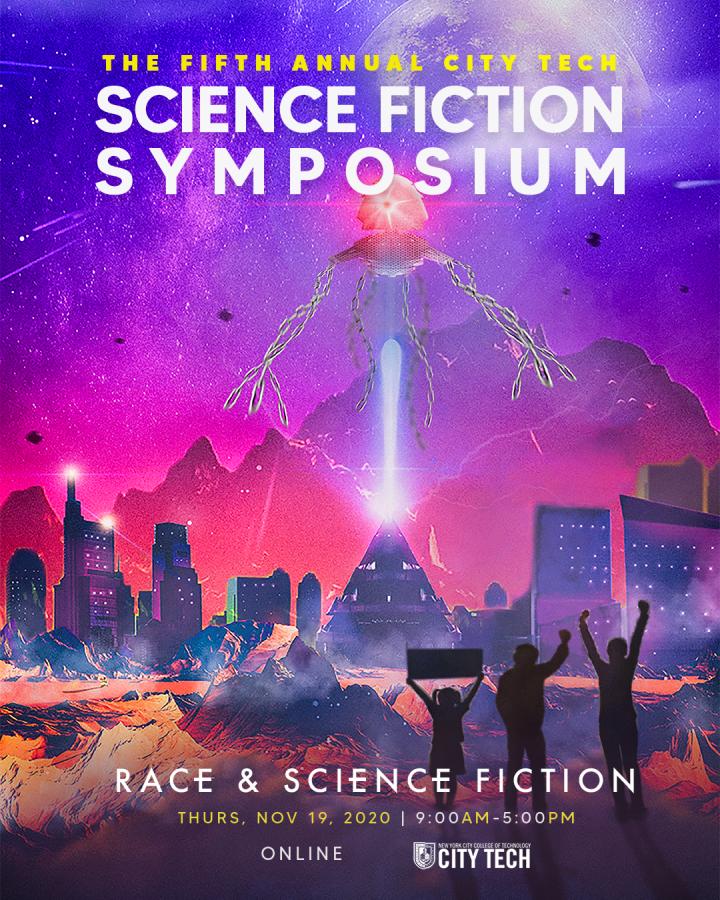Traditional Lenape land, the Lenapehoking, was a large territory encompassing parts of Delaware, Pennsylvania, New Jersey, and New York. Scholars have estimated that at the time of European contact, there were about 15,000 Lenape people around New York City in approximately 80 settlement sites. In Brooklyn, the Lenape had settlements in what are now Bushwick, Canarsie, Flatlands, Fort Hamilton, Gowanus, and Sheepshead Bay.

The Lenape thrived for thousands of years in New York, before the arrival of Europeans. They developed sophisticated techniques of hunting and managing their resources. They assigned land of their common territory to a particular clan for hunting, fishing, and farming. Individual private ownership of land was unknown; the land belonged to the clan collectively.
The Lenape kinship system was matrilineal: children belonged to their mother’s clan, while their father was generally of another clan. Within a marriage itself, men and women had relatively separate and equal rights.
Clans lived in fixed settlements, using the surrounding areas for communal hunting and planting. Planting was managed by women, who cultivated maize, squash, beans, and tobacco. They also did most of the processing and cooking of food. The men cleared the field and broke the soil. During the rest of the year, they would fish and hunt deer, bears, beavers, raccoons and foxes.
European explorers arrived in the 16th century. By the 17th century, European investors, including the Dutch West India Company, were setting up colonies to extract resources from Lenapehoking. As the European presence grew, traditional life for the Lenape was interrupted. The loss of their land led to a scarcity of essential resources, as they could not farm and were forced to over-hunt.
In 1626, the Lenape “sold” the island of Manahatta to the Dutch. The Dutch were of course deceptive in their dealings, as the concept of private land-ownership was not recognized by the Lenape. This deceit marked the beginning of the end for the Lenape in New York.
Lenape population fell sharply, due to high fatalities from infectious diseases brought by Europeans, such as measles and smallpox, as they had no natural immunity. Violent conflicts with Europeans and inter-tribal fighting also reduced their numbers. By 1750, the Lenape had lost an estimated 90% of their people.
The Treaty of Easton, signed in 1758 between the Lenape and English colonists, forced the Lenape to move westward, out of present-day New York and New Jersey and into Pennsylvania and Ohio. Other deceptive land treaties and forced migrations followed, and the Lenape were pushed further and further west. In the 1860s, the federal government sent most Lenape remaining in the eastern United States to the Indian Territory (present-day Oklahoma) under the Indian removal policy. Today, Lenape communities are found in Oklahoma, Kansas, Missouri, Wisconsin, Ontario, and New Jersey.
To learn more about the Lenape, check out the Lenape Center or listen to this podcast.
For more context about Indigenous history and rights, take a look at this ebook from the City Tech Library’s collection: Recognition, Sovereignty Struggles, and Indigenous Rights in the United States A Sourcebook.











